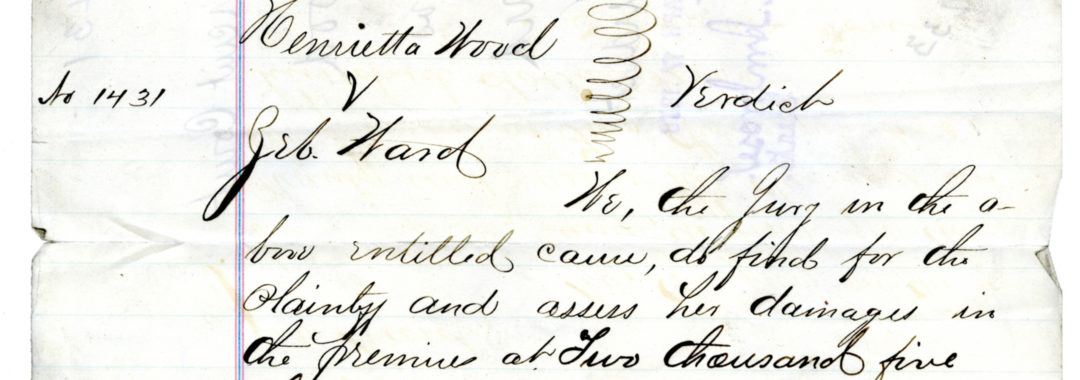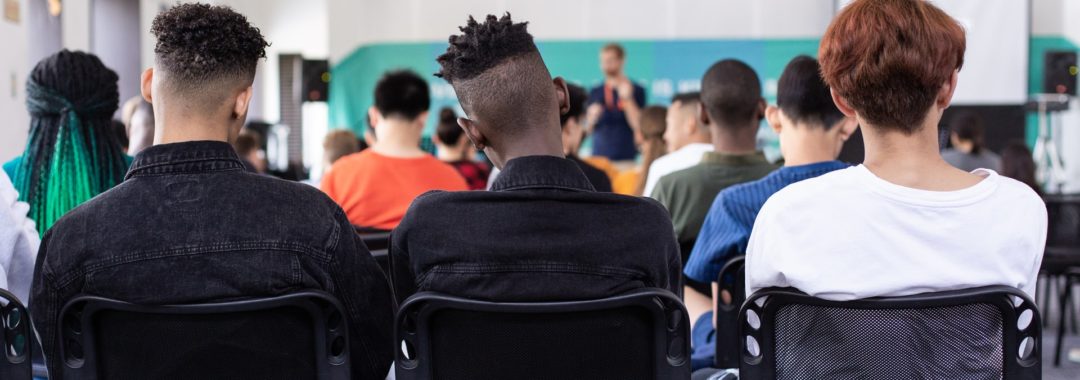Slide
Black Resistance
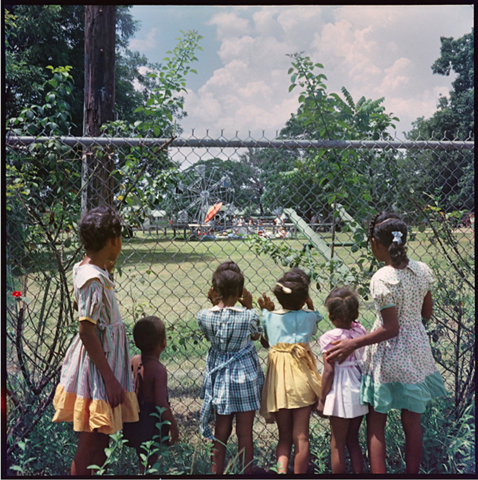
Outside Looking In, Mobile, Alabama, 1956 | Gordon Parks

Outside Looking In, Mobile, Alabama, 1956 | Gordon Parks
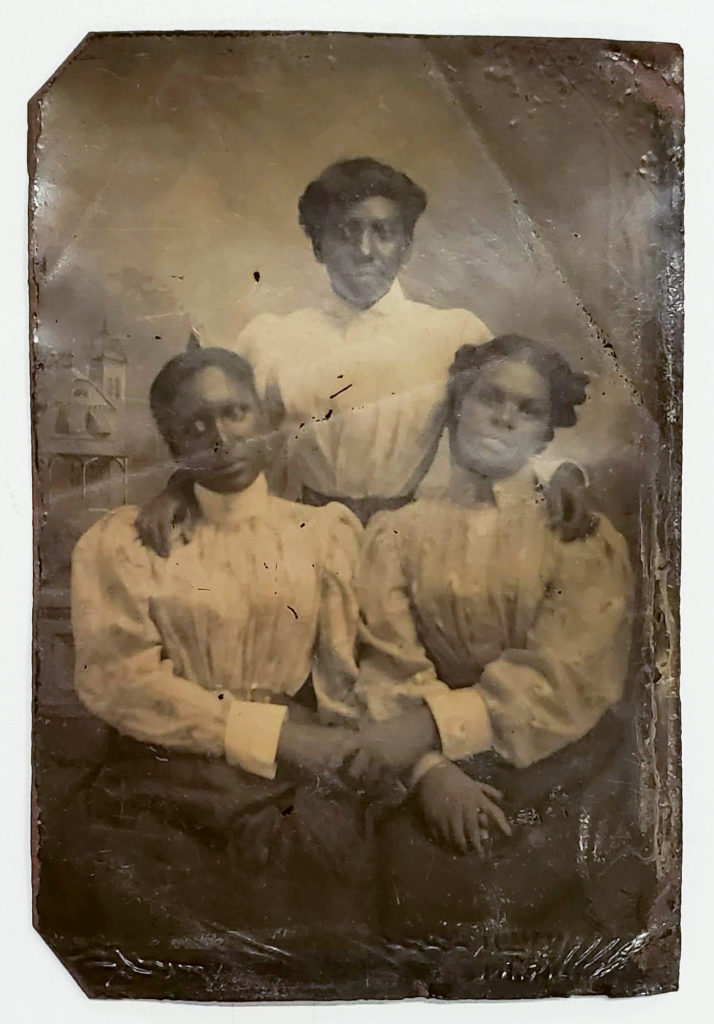
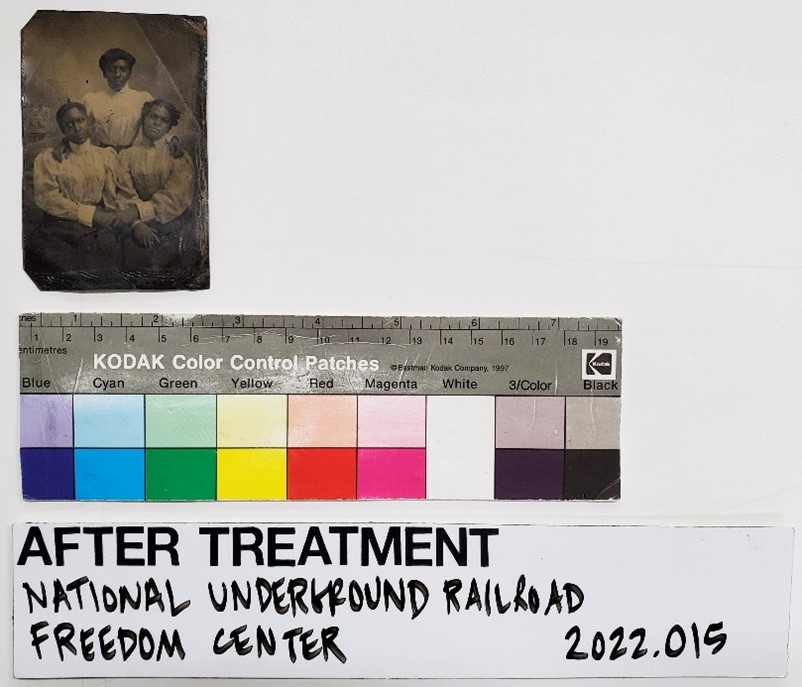
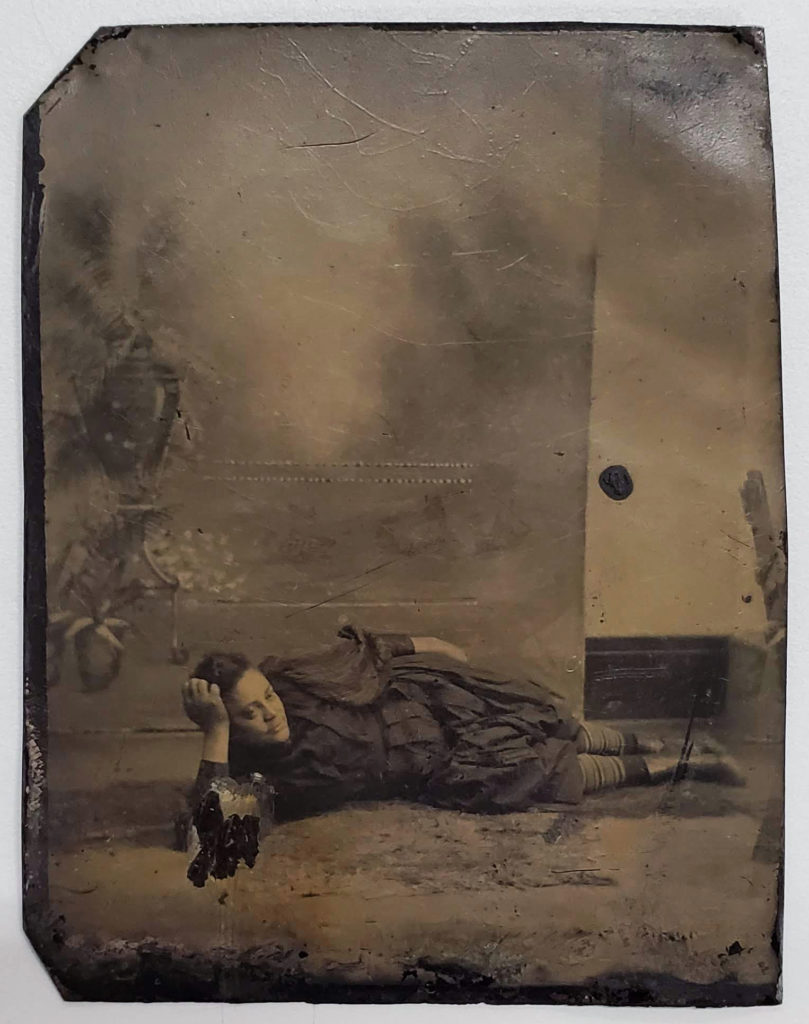
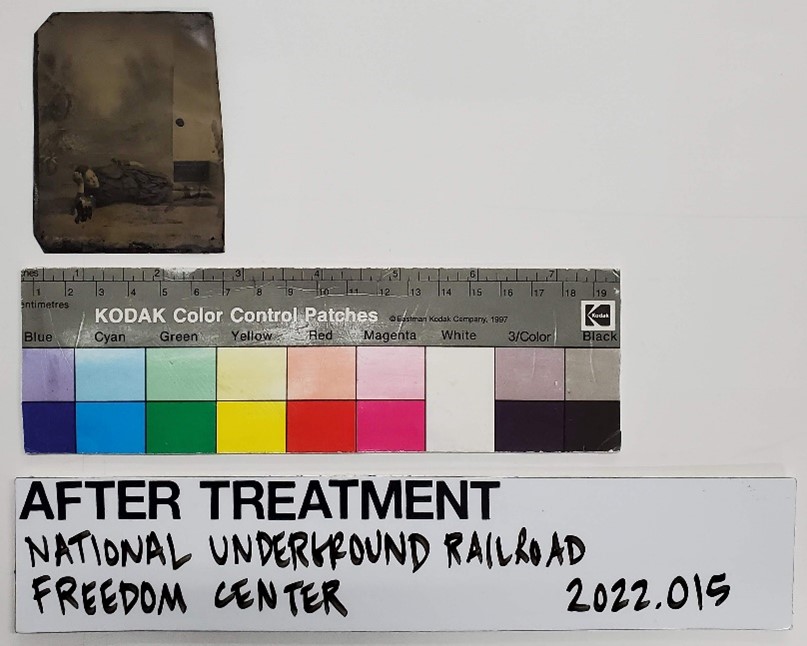
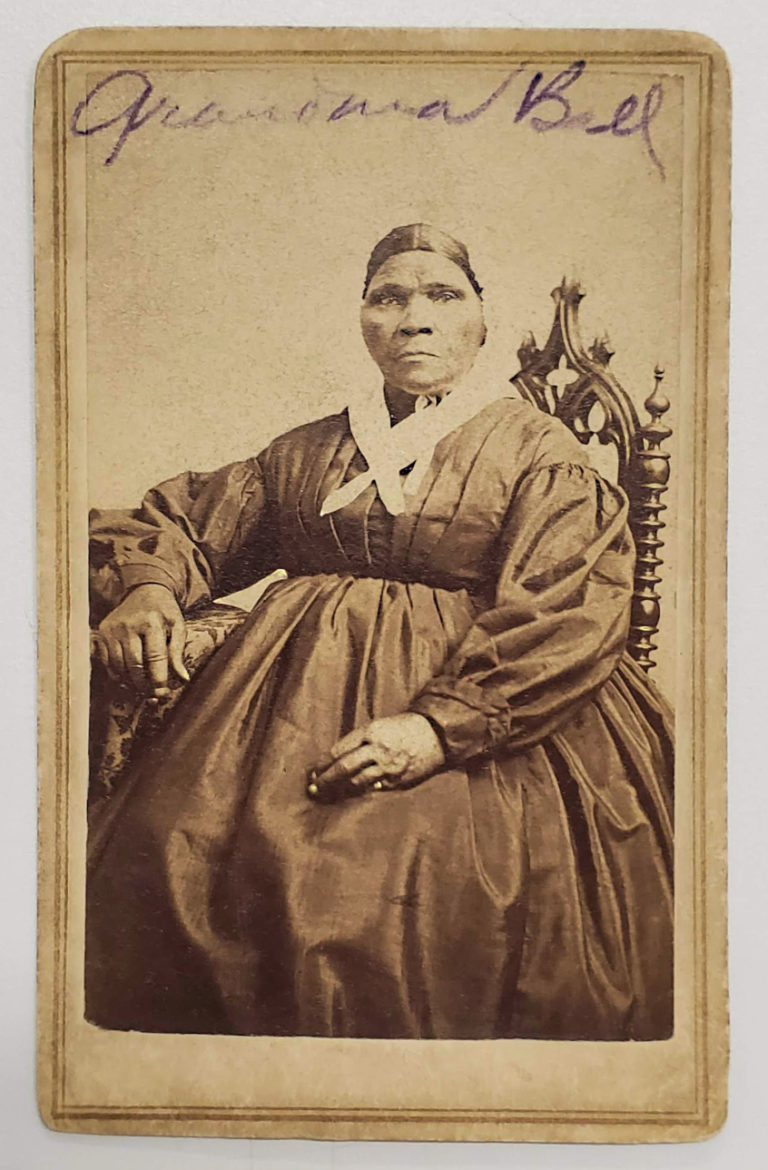
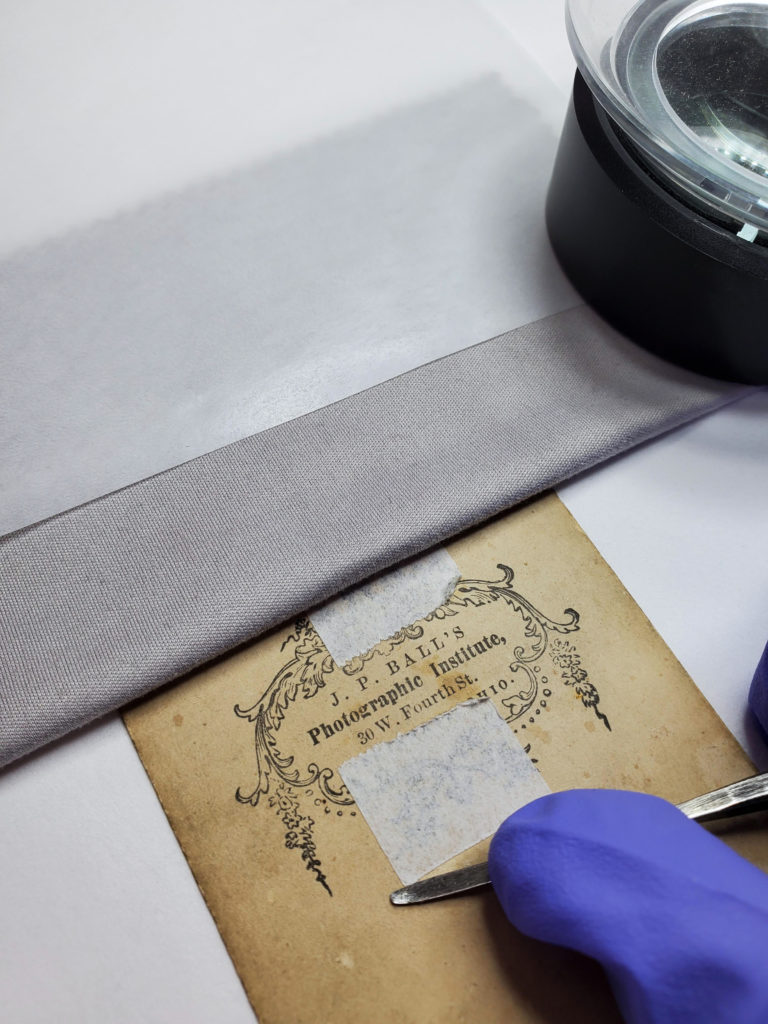
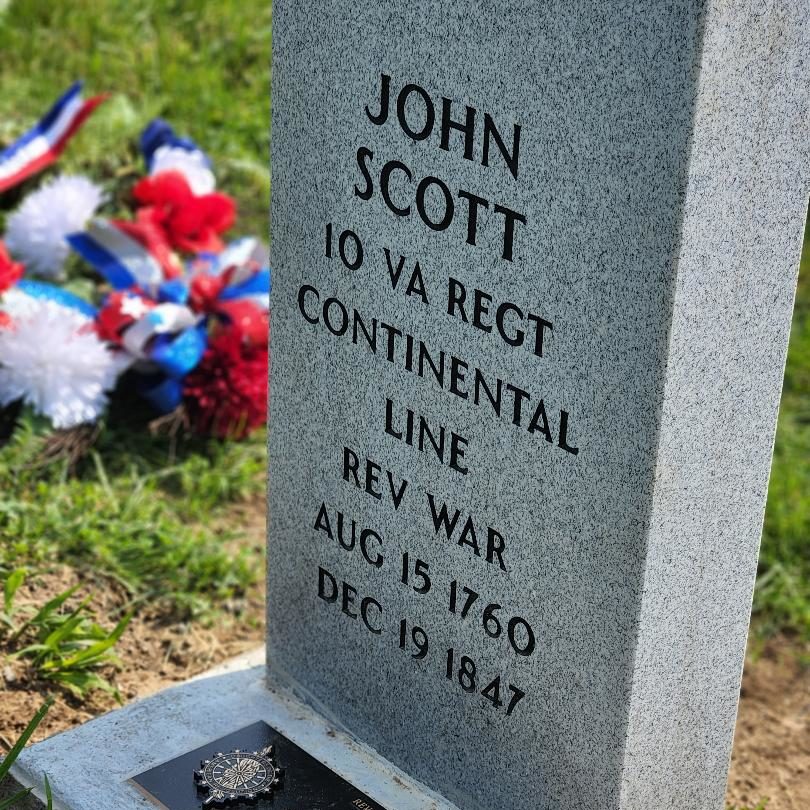
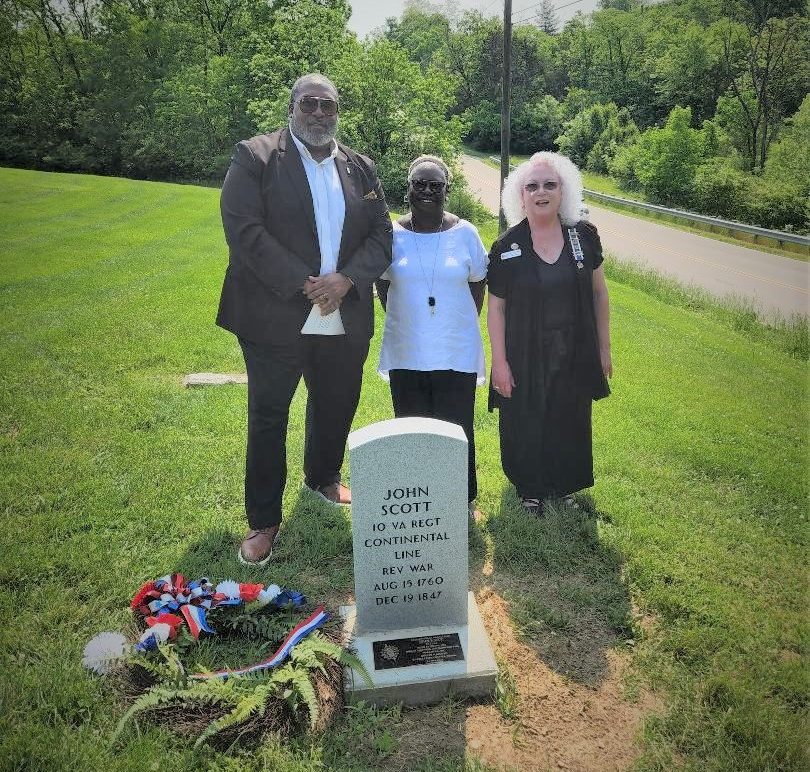
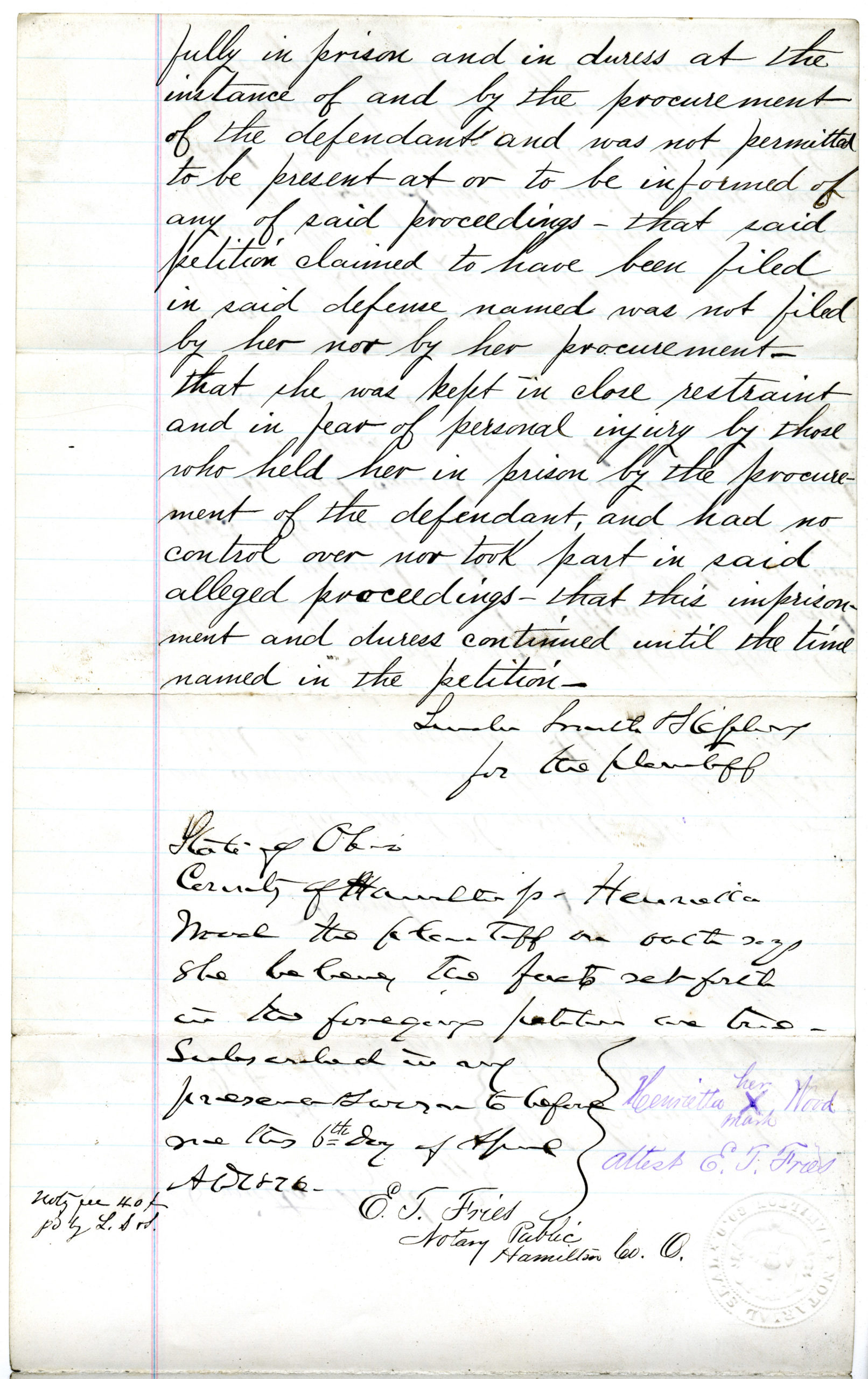
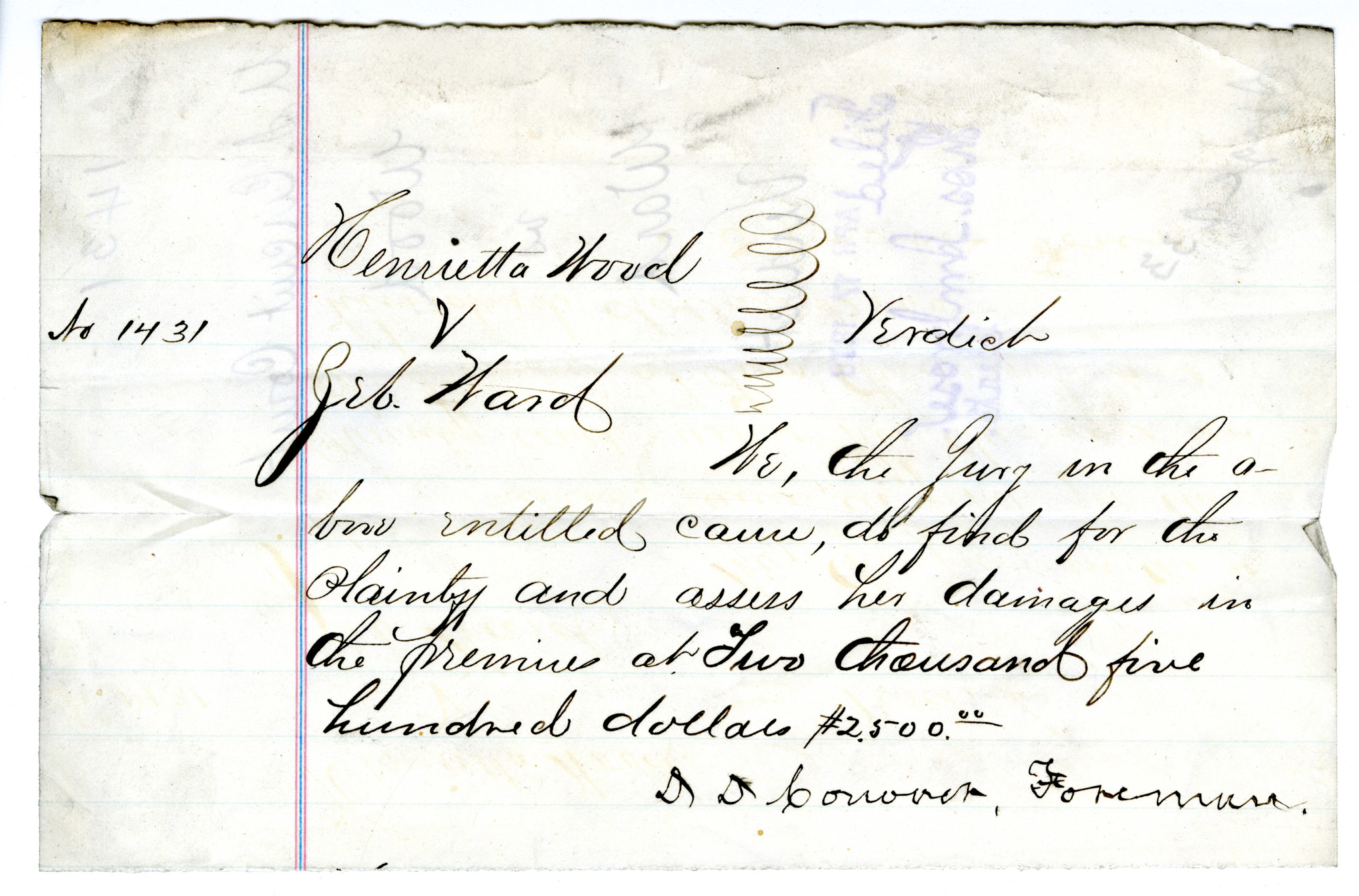
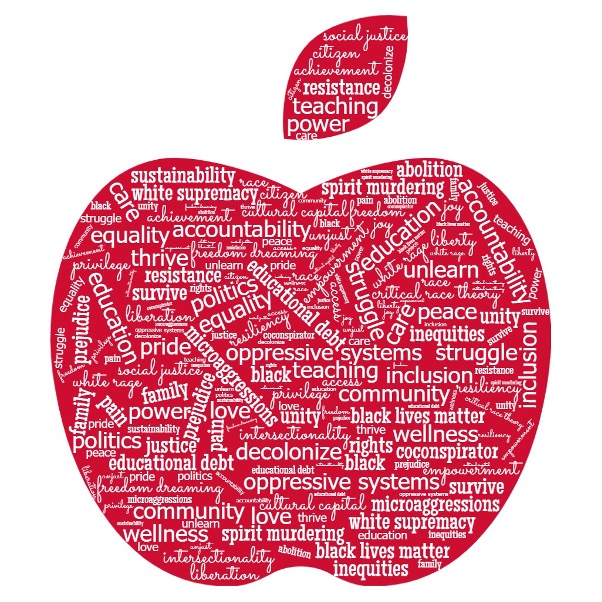
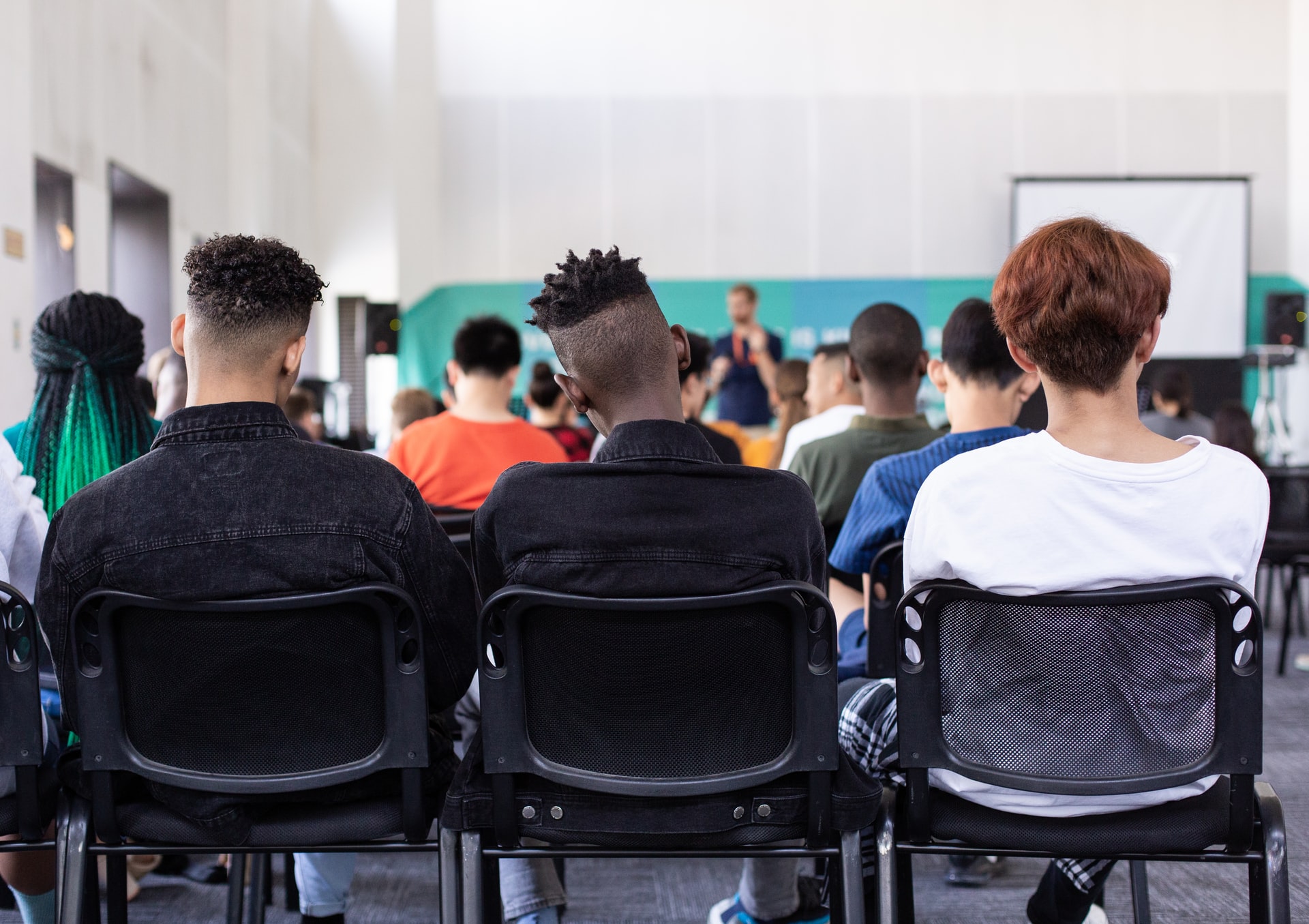
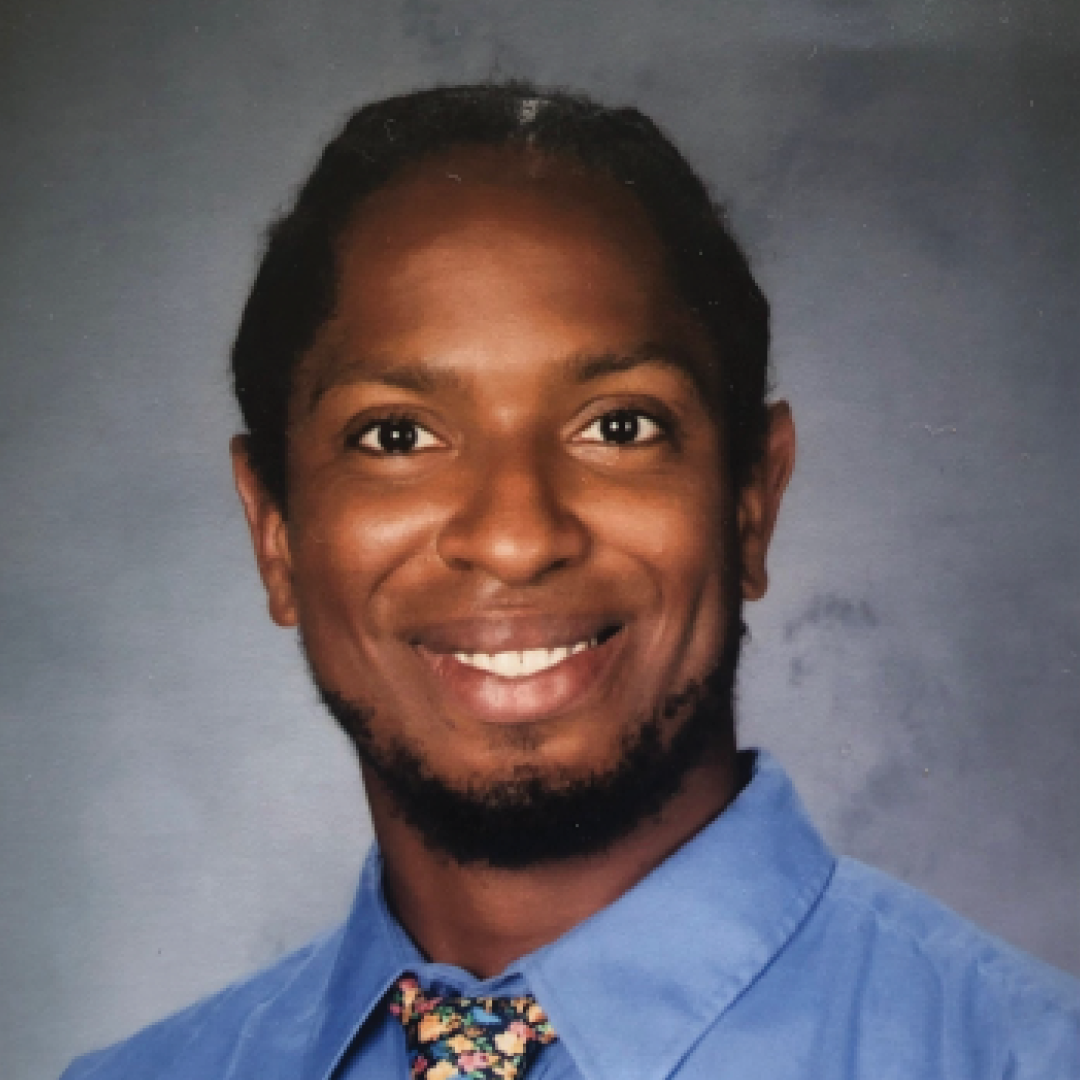
Alexander Pittman served as a public school middle and high school Social Studies teacher for nearly a decade prior to enrolling at The Ohio State University to pursue his doctoral degree in Multicultural and Equity Studies in Education. Alexander currently teaches and supervises preservice educators, preparing them to enter the classroom. His scholarly research interest focuses on the intersections of race, social justice and education.
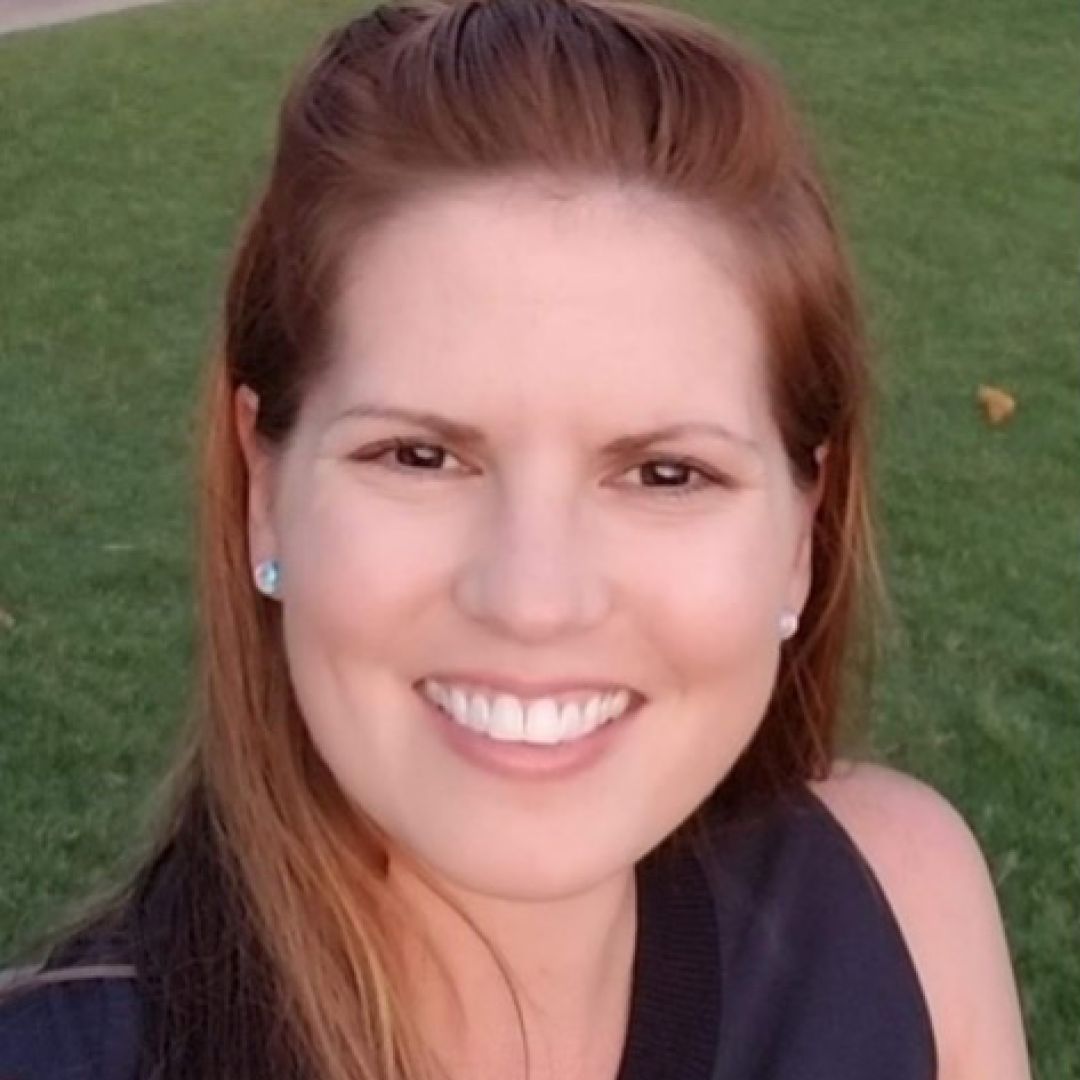
Dr. Amy Bottomley is the Director of Educational Initiatives at the National Underground Railroad Freedom Center. She has earned a B.S. in Secondary Education: Social Studies, a M.Ed. in Reading Education, and an Ed.D. in Curriculum and Instruction. Amy has taught high school social studies and reading courses in Ohio and Maryland, as well as teacher education courses at the University of Cincinnati. She is dedicated to teaching for social justice and supporting teachers in their pursuit of inclusive classroom practices. Amy can be contacted at (513) 333-7586 or at abottomley@nurfc.org.

Dr. Amy Bottomley is the Director of Educational Initiatives at the National Underground Railroad Freedom Center. She has earned a B.S. in Secondary Education: Social Studies, a M.Ed. in Reading Education, and an Ed.D. in Curriculum and Instruction. Amy has taught high school social studies and reading courses in Ohio and Maryland, as well as teacher education courses at the University of Cincinnati. She is dedicated to teaching for social justice and supporting teachers in their pursuit of inclusive classroom practices. Amy can be contacted at (513) 333-7586 or at abottomley@nurfc.org.




